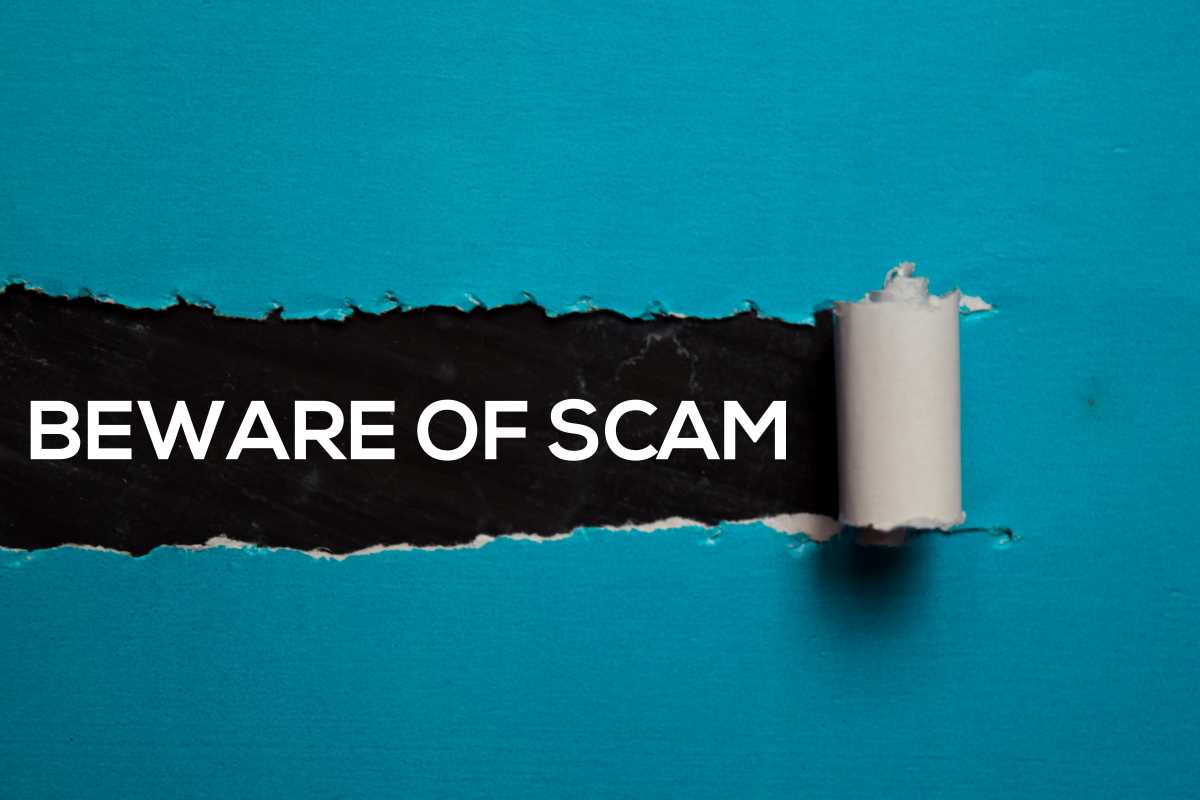
Bed Bath & Beyond declared bankruptcy and closed its physical stores in recent months. It was then acquired by furniture and home furnishings e-retailer Overstock.com, a BBB Accredited Business, which rebranded its website and mobile app to Bed Bath & Beyond in the U.S. in early August. Scammers are taking advantage of the big changes by targeting unsuspecting consumers with fake “going out of business” sales. Here’s what you need to know to spot the scam.
How the scam works
You see an online ad on social media for massively marked-down Bed Bath & Beyond products. It’s a going-out-of-business sale, and the prices are too good. The website you are directed to looks legitimate, with the Bed Bath & Beyond logo and product information. However, a closer look at the domain name or email address reveals you aren’t on the official website.
One consumer shared the following experience: “I saw an ad for Bed Bath & Beyond on Facebook. The sale seemed safe, and I knew that the company was closing some of their stores. I ordered a couple items and paid with my debit card. I did not notice anything fishy with the website. Months later, I had not received any products or messages from them. I tried to look up my order and found it was not the right website, so now I have no order number or information about the company.”
Shoppers report making purchases and never receiving the products they ordered. Emails to the impostor company typically go unanswered. However, in some cases, the scammers reply, only to state the product was accidentally delivered to another state – an issue they should take up with the United States Postal Service. In reality, the website was fake, and the discounted products never existed.
Bed Bath & Beyond is working to uncover and remove all impostor websites. “With the increased attention we’ve seen surrounding the launch of the new Bed Bath & Beyond website, scammer sites are more prevalent. To protect consumers, we are diligently working with federal authorities to help shut down these fraudulent sites,” said Jonathan Johnson, Chief Executive Officer of Bed Bath & Beyond.
How to avoid impostor website scams
- Always double-check the URL. Scammers love to build fake websites that look like the real thing. Often, the URL is only off by a letter or two. Take a moment to ensure you are on the official website by looking closely at the URL. Bed Bath & Beyond’s official websites are www.bedbathandbeyond.com in the U.S. and www.bedbathandbeyond.ca in Canada.
- Go directly to the official website instead of clicking on ad links. Con artists can make ads claiming to be legitimate businesses, but the link takes you to a completely different website. Look up deals featured in ads by typing the business’s URL directly in the browser bar instead of clicking through an ad. If you can’t find the special deal anywhere, the ad may have been a fake.
- Be wary of deals that sound too good to be true. This beloved scam tactic plays on people’s desire to get a great deal on something. If a price sounds too good to be true, stay skeptical. Verify the source and the deal before you make a purchase.
- Use your credit card for online purchases. Credit cards offer certain protections your debit card doesn’t. For example, credit cards will allow you to contest charges if you accidentally purchase from a fraudulent website.

